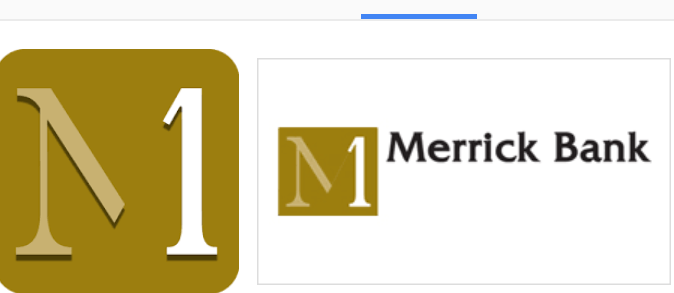Getting a small business loan is one thing, but knowing how to actually apply to get one, is another thing. Currently with the tight lending standards by banks, getting a small business loan is now a major hurdle the small businesses face.
Owing to the difficulties involved in getting these small loans, it is therefore important that you get prepared and have handy everything you’ll be needing to apply before you actually set out to apply for one.
Here are steps you will be taking to secure a small business loan:
Why do You Need the Loan and how Much do You Need?
Before you go ahead and demand a loan from any of the lending institutions, you have to ascertain why you need the loan and how much you actually need. As a business owner, whether your firm is a start-up or an existing firm, you need to take a break and determine why the business loan is needed as well as how much you need, even though some businesses may not be able to address the question of how much they need until they prepare their financial statements as part of their business plan.
At this stage, your reasons for needing the loan will dictate the type of small business loan you get.
If you are applying for a loan for a start-up, it is virtually impossible to acquire a loan in your company’s first year. Lenders need cash flow to support repayment of the loan, thus your small business start-up may be instantly disqualified from financing.
For a new business loan, you may have to rely on business credit cards, borrowing from friends and family, crowdfunding, personal loans, or a microloan from a nonprofit lender.
For businesses that have a year or more of history and revenue, you have other financing options, including SBA loans, term loans, business lines of credit, and invoice factoring.
Review Your Credit History & Credit Score
If your business is a new one or is less than three years old, the lenders will definitely evaluate your personal credit history as well as your business credit history. Thus before you apply for any loan, make sure you take time to get your personal credit history in order. You can request your credit report from each of the major credit reporting agencies.
Review your credit reports, and if you find any errors on your credit reports, write the agency a letter and detail the error and ask that it be fixed. If there’s an error that the agency can’t fix, you can file a credit dispute report. Then check on your credit score, and note that a credit score of about 700 is considered good and significantly increases your chance of being approved for a loan.
Many online lenders will require a minimum annual revenue, which can range from anywhere from $50,000 – $150,000. Thus you have to know yours and find out the minimum a given lender will need before you proceed.
Next, look closely at your business’s financials, especially cash flow, and evaluate how much you can reasonably afford to apply towards loan repayments each month. Some online lenders are known to require daily or twice-monthly repayments, thus factor that into the equation if it’s the case.
To easily repay your loan each month, your total income should at least be 1.25 times your total expenses, including your new repayment amount.
Determine the Best Type of Small Business Lender
There are several options for small business loans from several places that you can leverage on. These places include banks, nonprofit microlenders and online lenders. These lenders provide products including term loans, lines of credit, and accounts receivable financing.
Shop around and look for the best type of loans that will suit your business. Once you are able to determine which type of lender and financing vehicle are right for you, compare two or three similar options depending on annual percentage rate (total borrowing cost) and terms, of the loans you qualify for, select the one with the lowest APR, so long as you are able to handle the loan’s regular payments.
Put Your Documents in Place
After you have compared your options, it is time to apply for the loans that suit your financing needs and that which you qualify for.
You have the option of applying for multiple small business loans within a short time frame without a negative effect on your personal credit score.
Based on the lender, you’ll need to submit a combination of the following documents with your application:
- Business and personal tax returns
- Business and personal bank statements
- Business financial statements
- Business legal documents.



